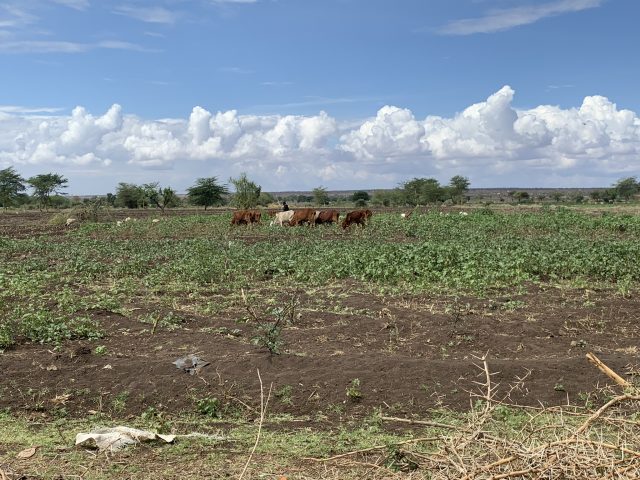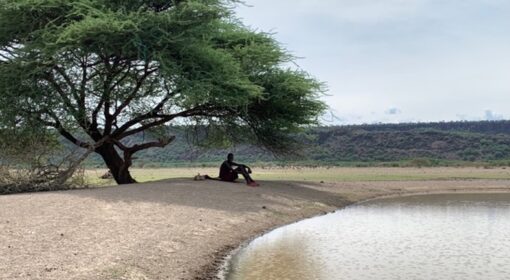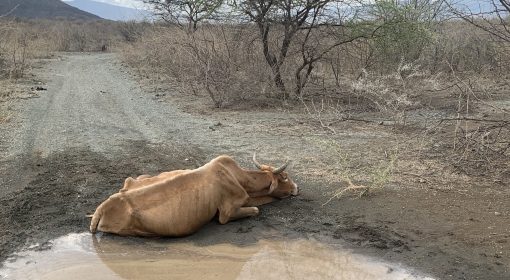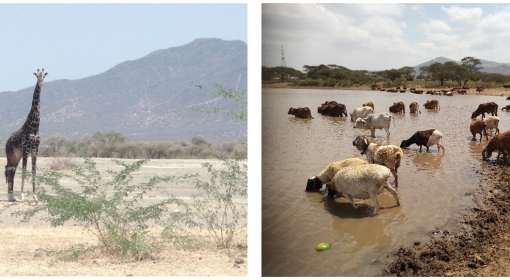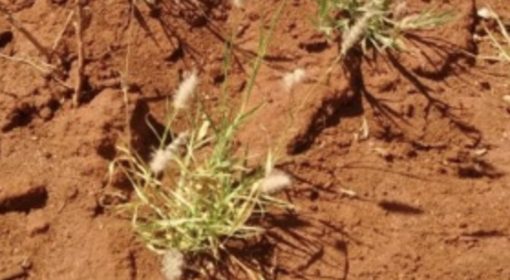By Ishani Sonak
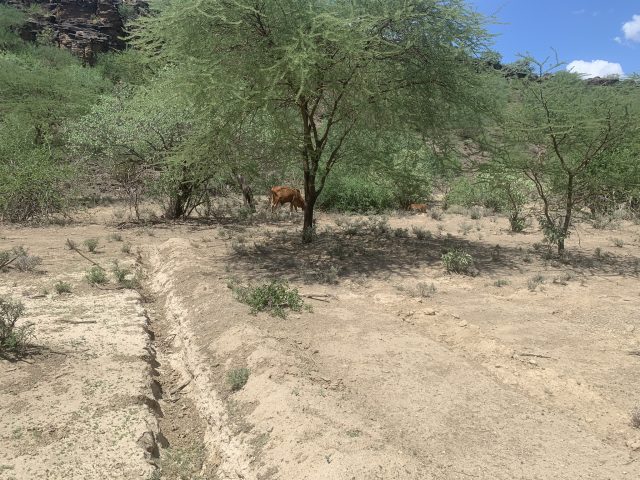
The rangeland in South of Kenya has been historically dominated by a wide variety of grass species. Looking at Picture 1: Grazing cattle in Olkirimatian, Central Rift, what you appear to see is a small cluster forest in a rangeland. What is important is what you do not see: the absence of grass.
Through satellite data we can see that the greenness (measured by NDVI) has been increasing in the region in the past twenty years. It is deceptive. When you ask Maasai, they explain the ecological transformation that occurred almost surreptitiously; “Let me take you 30 years back. Around 1980’s, grasses were ample. There were not many acacia trees like now. Settlements were five to ten kilometres apart. We used to have more cows than sheep and goats. Then settlements started increasing and there was more mouths to feed, both human and livestock. Sheep and goats were easy money, more drought resistant, they demanded less effort. We shifted away from cattle. The goats in particular graze on Acacia trees and spread the seeds of the tree in their droppings. Our area now predominantly sees patches of grasses of only two species: “Olkiramatian” and “Entemonyua” grass. Other grass species vanished.”
Due to grazing pressure and frequent drought, the grass cover and diversity of grass species have reduced. Thereby causing an increase in woody vegetation. When the rains come now it washes the soil away including the grass seeds which challenges grass seedling survival and further increasing tree encroachment in the area.
It is important to understand how traditional pastoral rangeland management practices, such as the use of seasonal grassland reserves and livestock routes, influence vegetation composition, coverage and abundance in rangelands and offer tools for biomass and soil carbon restoration, contributing to favourable land-climate interactions.
Various factors are curtailing traditional management practices and livestock mobility, breaking the co-evolved balance of vegetation, wildlife and Maasai land use practice. Land privatisation is one such challenge faced by the Maasai community. This was the State’s attempt to deal with the “tragedy of commons” and modernise agriculture. The idea is that privately held land would facilitate investment, diversify income portfolio’s and hence, improve both land and labour productivity. This led to subdivision of once communal land to group ranches and now to individual Maasai families creating space for new practices such as cultivation of crops. On the other hand, some Maasai herders build alliances to aggregate smaller parcels of land to continue a pastoral lifestyle.
Rather than replacing pastoralism, the revitalisation of traditional practices and indigenous knowledge is vital to secure sustainable livelihoods for millions of pastoralists and to maintain rangeland biodiversity and ecosystem services. There is much scope moreover create synergy between agriculture and livestock and have more fodder available as in Picture 2 Whereby the cows are seen feeding agriculture waste of a harvested maize crop.
